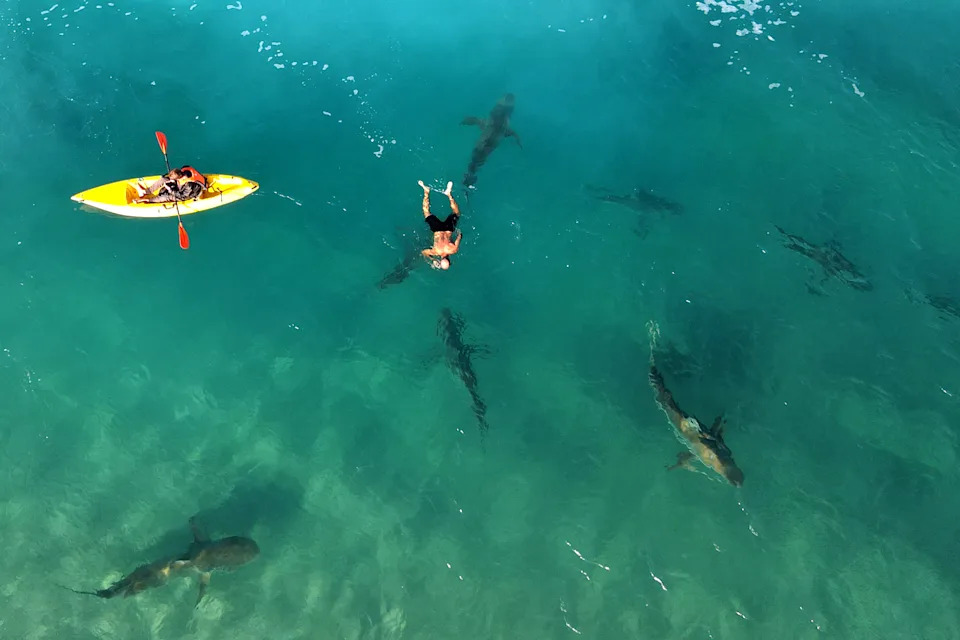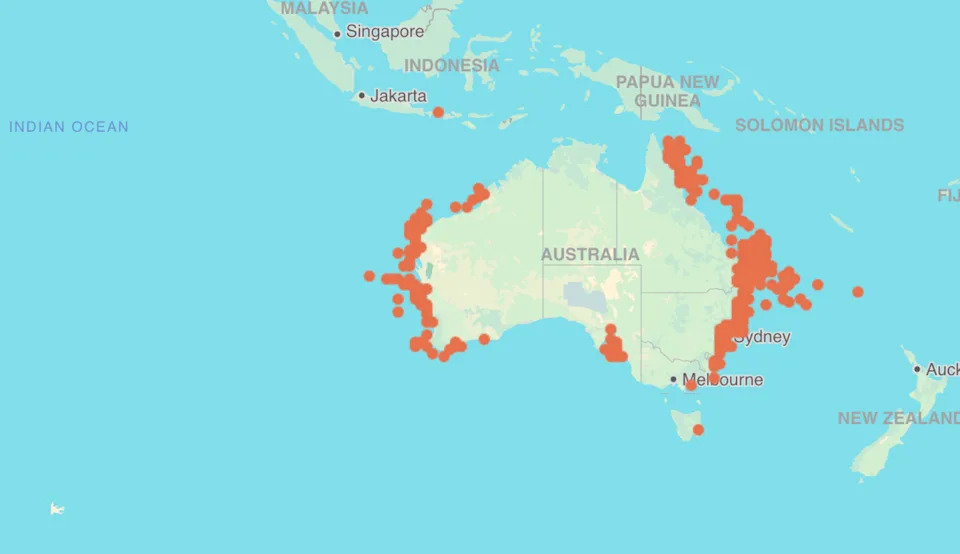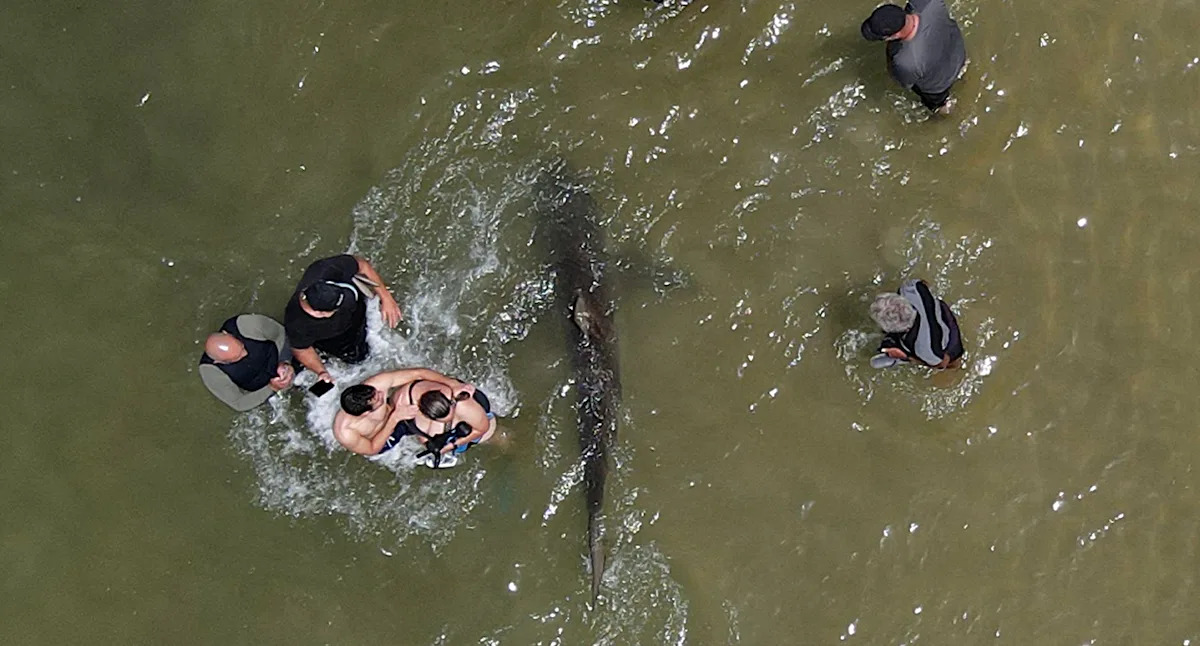Dusky sharks, a species previously thought harmless to humans, were confirmed to have killed a tourist in Israel. Analysis of the April incident in the journal Ethology concluded one “bold shark” likely bit the snorkeler’s GoPro camera, and this “triggered a feeding frenzy” of predation bites that overrode normal behaviour.
The incident has led the world’s foremost expert in shark attacks, Dr Gavin Naylor, to clarify that the behaviour of most animals can be altered by simply changing their conditions.
Responding to questions from Yahoo News Australia, he noted dusky sharks are not usually found in large groups like they are off the Israeli holiday town of Hadera. But numbers likely swelled due to warm water flow from a nearby power plant, combined with nitrates likely entering the ocean from an estuary.
“This will change local environmental conditions and probably increase the density of bait fish in the area, which attracts sharks,” he said.

The presence of dusky sharks is a popular tourist attraction off the coast of Hadera in Israel. Source: Getty
Second contributing reason behind shark attack
The beach is 25km north of Tel Aviv, and a popular destination for tourists to get close to the sharks, which can grow over three metres long. And Naylor notes this could be another contributor to the attack.
“Local beachgoers are used to interacting with the sharks, so the animals become acclimated to human presence,” he said.
Naylor is the director of the Florida Program for Shark Research, which manages the International Shark Attack File (ISAF), a global database of incidents dating back centuries. It examines contributing factors that led to deaths, such as human behaviour and prey availability.
While no one was to blame for the tragic death of a swimmer off Sydney’s Little Bay in 2023, analysis from the ISAF ruled it as “provoked” because a bait ball was seen nearby before the white shark attacked.
Sydney is also home to large numbers of bull sharks, which have adapted to changing conditions around the city’s famous harbour. Analysis of 15 years of data found climate change is altering the species’ migration patterns, causing it to arrive earlier and leave later.
Although dusky sharks are found around much of the Australian coast, they’re not a species commonly associated with attacks.
You can change the behaviour of most animals by altering the conditions in which they make a living.
Dr Gavin NaylorMore ‘harmless’ species known to be biting humans
Naylor said the two changes off Hadera “increase the likelihood” that an emboldened shark would bite a swimmer, particularly if it encountered the person some distance away from the area where people usually swim.
“Duskies are usually not implicated in bites on humans. But different populations often have different behaviours,” he said.
And he’s seen similar changes in other populations of shark species that don’t ordinarily harm humans.
“This is not wildly different from the situation at New Smyrna Beach in Florida that has a high density of black tip sharks fairly close to a beach that is popular with surfers — and we get quite a few bites on surfers at this beach every year,” he said.
Naylor thinks it’s “dramatic” to think that ordinarily placid sharks could suddenly turn and start attacking humans.
“These are not malevolent creatures hovering near beaches waiting to kill people,” he said.

The Dusky shark is found around much of the Australian coast. Map: Australian Museum. Data: Atlas of Living Australia
Again, he goes back to how environments can shape behaviour. For instance, white-tip sharks seldom come into contact with swimmers because they live in blue waters 30km offshore.
“However, in the Red Sea, the topography of the Gulf of Aqaba is such that these deep water animals find themselves very close to tourist beaches,” he said, noting the water is 300 metres deep, half a kilometre from the beach.
“So deep water predators that would normally never encounter a human find a high density of them in their environment and occasionally bite them.”
Love Australia’s weird and wonderful environment? 🐊🦘😳 Get our new newsletter showcasing the week’s best stories.


